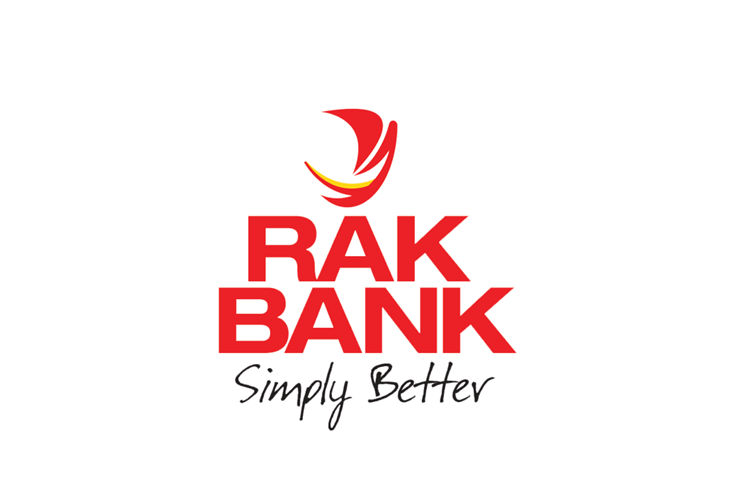National Bank of Ras Al-Khaimah (RAKBANK) will continue to focus on lending to small and medium-sized enterprises (SME) in the UAE, CEO Peter William England told Debtwire.
The UAE-based bank is “flushed with liquidity” and despite the prevailing rates, the bank’s treasury has no imminent plans to tap the bond market, he said, adding that he has a relatively low expectation for loan growth in the next couple of years.
RAKBANK printed in April a USD 500m 4.125% 2024 bond, garnering over USD 2bn in orders. The proceeds from the sale refinanced the borrower’s USD 500m 3.25% 2019s, as reported.
With a Baa1/BBB+ (Moody’s/Fitch) rating, the lender wants to maintain a strong loan-to-deposit ratio (LDR) as it is closely watched by rating agencies and the bank does not want to rely on capital market borrowings. RAKBANK’s total capital adequacy ratio (CAR) stood at 17.3% as of 30 June 2019, with its Tier 1 capital ratio coming in at 16.2%, according to the bank’s 1H19 results presentation. Its LDR was 90.7% at the end of the first half of 2019.
Customer deposits fund around 70% of the bank’s activities, the EMTN and other capital market borrowing provide 12%, while repo and short-term debt accounts for around 5% of the funding mix, said England. RAKBANK is the largest small business bank in the UAE, which explains its cheap source of funding, he added.
Highly capitalised, RAKBANK suffered “zero impact” from the adoption of the International Financial Reporting Standards (IFRS 9), which GCC banks had to comply with from 1 January 2018. The bank’s provision coverage ratio increased from 74.6% in December 2017 to 133.1% in December 2018, but decreased between June 2018 and June 2019, from 138.7% to 131.8%, according to the latest results presentation.
The bank is carrying so much capital to offset its relatively higher cost of risk, England explained. RAKBANK’s cost of risk was 3.8% at the end of June 2019, almost double the 2% average for UAE banks.
While there may not be a huge opportunity for growth expansion, the bank has grown its lending book to financial institutions to AED 6.1bn (USD 1.66bn), raking in a profit of AED 120m. Outside of the UAE, the bank will mostly lend against trade receivables, like in Bangladesh.
But it has also entered selective wholesale deals in “areas we feel comfortable in”, said England, adding that the countries include Cambodia and South Africa. The lender has been diversifying “into lower risk business by growing its traditional TWC [trade finance and working capital] lending”, according to the results presentation.
National Bank of Ras Al-Khaimah participated in May 2019 in a USD 222m transaction for India-based Cholamandalam Investment, and was in April 2019 a lender to a USD 500m syndicated loan for Credit bank of Moscow. It was also on Access Bank‘s USD 158m trade finance facility, and Banque Misr‘s USD 500m loan from May 2018.
RAKBANK’s net interest margin came in at 5.2% at 30 June 2019, while its gross impaired loans ratio was 3.7%, 0.2% down year-on-year. Net profit increased by 28.5% in 1H19 to AED 554.9m, while gross loans and advances were unchanged at AED 35.3bn, of which AED 1.3bn were impaired.
England highlighted the property market in Dubai and Abu Dhabi as a concern for the bank, citing the need for a greater demand to match the supply. Click here for Debtwire‘s primer on how weakness in the Dubai real estate market is dragging on the wider economy.
Read more by downloading the PDF here


 Heart Of RAK
Heart Of RAK


